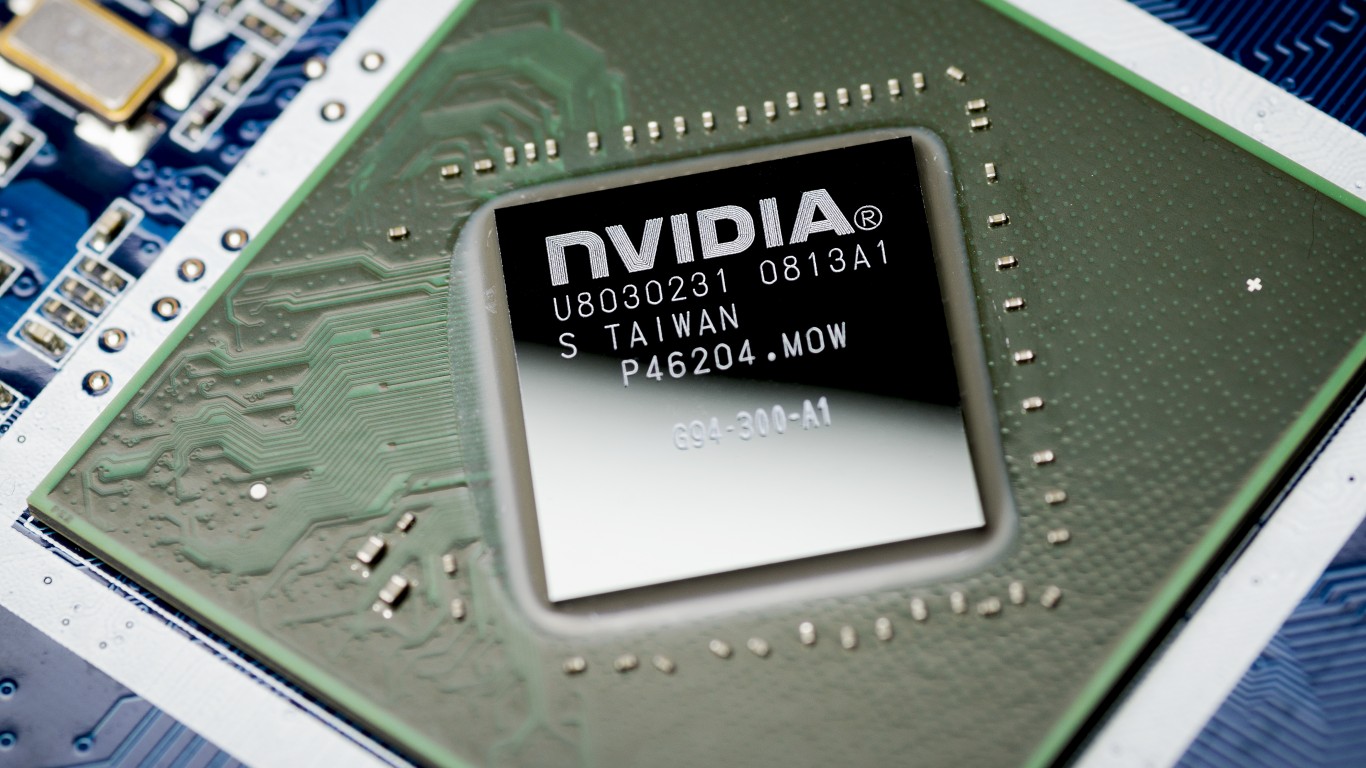This post may contain links from our sponsors and affiliates, and Flywheel Publishing may receive
compensation for actions taken through them.
 CEO years are like dog years. Most chief executives at large corporations are fortunate if they last a decade on the job. Cisco’s (NASDAQ: CSCO) CEO John Chambers, who has been on the job since 1995, is one corporate leader living on borrowed time – he has made a mess of the company over the last five or six years.
CEO years are like dog years. Most chief executives at large corporations are fortunate if they last a decade on the job. Cisco’s (NASDAQ: CSCO) CEO John Chambers, who has been on the job since 1995, is one corporate leader living on borrowed time – he has made a mess of the company over the last five or six years.
Chambers, 62, recently admitted that his time as CEO has been marked, at least recently, by failures. In a note to his workers he said, “We have been slow to make decisions, we have had surprises where we should not, and we have lost the accountability that has been a hallmark of our ability to execute consistently for our customers and our shareholders.” The “we” is Chambers and not anyone else.
Chambers put Cisco on the course of diversification that has been ruinous. He reasoned that its core router business was not enough to sustain growth. His answer was to move Cisco into a number of industries with only the most tenuous relationship to routers. Shareholders have suffered since Cisco’s stock is down 10% over the last half decade. Even Microsoft (NASDAQ: MSFT) has done better.
Most CEOs find it is impossible to undo what they have done. Boards generally bring in new blood to lead a transformation. Chambers may be so highly regarded that his board will not oust him. The reasons for the high regard have escaped Wall St.
Tom Peters wrote in the extremely influential business book “In Search of Excellence,” published in 1982, that one of the traits of great companies is that they “stick to their knitting.” Chambers has done as much as any large company CEO in America to ignore that advice. He probably cannot change Cisco without the sale of a number of the units he recently bought.
One of the puzzles about Cisco is why it ever diversified beyond its enterprise hardware and software businesses. Cisco has become a schizophrenic collection of products which range from home video conferencing and living room set-top boxes to complex data center virtualization software. This has to mean that Cisco has several sales forces, several R&D groups, and large collections of division management and financial executives.
Cisco’s financial statements are a mad mix of profit centers and businesses. It breaks out its traditional router and switch business and lumps other revenue under “new products.” That leaves the investor to wonder what that means particularly since new products are nearly a third of Cisco’s sales.
Chambers will have to decide very quickly whether to break Cisco up. He hardly has a choice since his empire has been built on the poorly constructed foundation of acquisitions as the path to growth. If he keeps Cisco intact, it will show that, in his late age, he has no intention to repair the company.
Douglas A. McIntyre
Want to Retire Early? Start Here (Sponsor)
Want retirement to come a few years earlier than you’d planned? Or are you ready to retire now, but want an extra set of eyes on your finances?
Now you can speak with up to 3 financial experts in your area for FREE. By simply clicking here you can begin to match with financial professionals who can help you build your plan to retire early. And the best part? The first conversation with them is free.
Click here to match with up to 3 financial pros who would be excited to help you make financial decisions.
Have questions about retirement or personal finance? Email us at [email protected]!
By emailing your questions to 24/7 Wall St., you agree to have them published anonymously on a673b.bigscoots-temp.com.
By submitting your story, you understand and agree that we may use your story, or versions of it, in all media and platforms, including via third parties.
Thank you for reading! Have some feedback for us?
Contact the 24/7 Wall St. editorial team.




